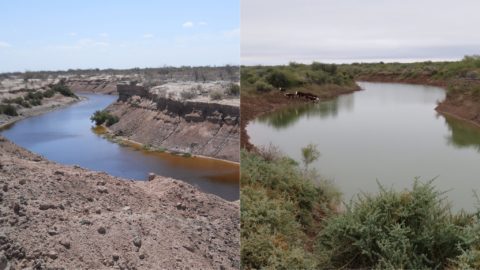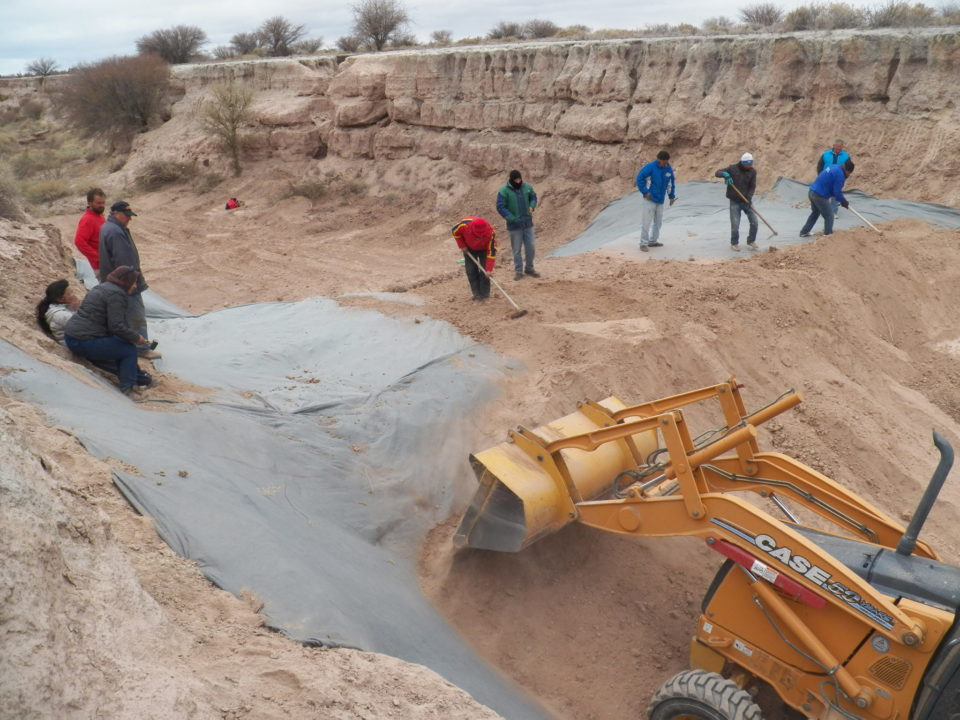
The wetlands of Guanacache, Argentina are green again
-
Rivers and lakes
After nine years of rigorous community effort, the wetlands of Guanacache in the Mendoza province of Argentina are green once more. The project that has supported these restoration efforts “Conservation and restoration of the Ramsar Site Guanacache, Desaguadero and Bebedero Lagoons’’, started in 2011 with the support of the Fundación Vida Silvestre and Coca-Cola Water Contest.
Together with local communities, and in partnership with the AVINA Foundation and Coca-Cola, Wetlands International Argentina have put the wetlands of Guanacache on a path to restoration. In particular, they have been working to restore the lagoons’ water supply, a key resource that surrounding communities depend on. The project has benefited more than 300 families, most of them farmers, whose livelihoods have been secured due to the water that has now accumulated in the project area.

In 2011, Wetlands International Argentina started working in various pilot areas of the immense Ramsar Site, aiming to restore 1,000 hectares of wetlands to improve inhabitants’ quality of life. They constructed weirs – or small walls that capture sediment – to raise the base level of the ponds and accumulate rainwater. The structures were designed and constructed in collaboration with the local communities, and additional support was given by the provincial government.
From the beginning of the project to date, 16 restoration sites have been built in three locations in the province of Mendoza: San Miguel de los Sauces, El Retamo and El Forzudo. They were built in these locations strategically in order to capture sediment, thereby preventing soil degradation and erosion, which in turn helps accumulate rainwater and further aid the restoration process.

Thanks to the construct, maintenance and operation of these weirs, some 1,000 hectares of wetlands are on a path to restoration. The intervention was carried out on a continuous strip of land measuring approximately 60 km long by 15 km wide, which represents approximately 5% of the entire Ramsar Site. This project has made a remarkable impact on the surrounding territories, improved the quality of life of local communities, and contributed to the long-term conservation of these wetlands.
